Gulf of California Expedition
March 4, 2013
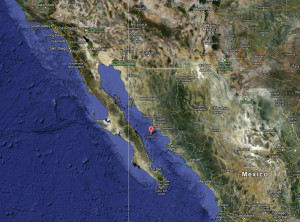 Jacques Cousteau dubbed the Gulf of California, “the world’s aquarium.” The Gulf of California boasts about one-third of the world’s total number of marine mammal species, nearly 900 fish species, of which about 90 are endemic to the area, as well as more than 170 seabird species. While it is known to be one of the most diverse seas on the planet, much of the Gulf of California as we know it today is under threat from a variety of activities ranging from overfishing to coastal development. In 2009, Dr. Earle named the Gulf of California one of her top “Hope Spot” locations and vowed to help bring attention and support to the region.
Jacques Cousteau dubbed the Gulf of California, “the world’s aquarium.” The Gulf of California boasts about one-third of the world’s total number of marine mammal species, nearly 900 fish species, of which about 90 are endemic to the area, as well as more than 170 seabird species. While it is known to be one of the most diverse seas on the planet, much of the Gulf of California as we know it today is under threat from a variety of activities ranging from overfishing to coastal development. In 2009, Dr. Earle named the Gulf of California one of her top “Hope Spot” locations and vowed to help bring attention and support to the region.
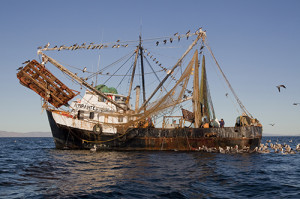
The Gulf of California is a large body of water that separates the peninsula of Baja California from the Mexican mainland. It is bordered by the states of Baja California, Sur, Sonora, Baja California and Sinaloa with a coastline of approximately 2,500 mi (4,000 km). The Gulf of California is also called the “Sea of Cortés,” a name preferred by most local residents.
Expedition Goals:
- Explore unique areas in the Gulf of California with a select team of scientists, donors, partners and press.
- Highlight areas that need protection, and areas under consideration for marine protected area status.
- Increase Mexican political officials’ knowledge of local conservation groups and programs working at the grassroots level.
- Shoot interviews with key participants and Mexican representatives during the cruise and broadcast those interviews out to social networking sites
- Complete a short film highlighting the cruise and the importance of helping Mexican NGOs working to protect the Gulf of California, which can be used to further develop stakeholder support in the region, as well as shown on local and national television, film festivals, and the web to promote national and international awareness.
Possible Cruise Locations Cabo Pulmo (between Cabo San Lucas and La Paz Bay in Baja California Sur.) This is a small marine reserve where fishing has been banned for 15 years. With this protection, the abundance of top apex predators and dozens of fish species have skyrocketed. It’s currently a model of success for other marine protected areas in Mexico and as well as other parts of the world. Unfortunately it is being threatened by a large-scale hotel development.
Loreto Bay National Park. The Marine Park covers 797 square miles of marine habitat in the southern Gulf of California, extending from Isla Coronado in the north to Isla Catalana in the south. This park just finished a revision of its management plan, which increased the no-take zone from 0.07% to 5%. The park has amazing rocky reef areas, marine mammals, and a strong cultural connection. The success of the park hinges on continued funding to help support enforcement and scientific research. Isla Rasa (Raza) – Midrift Islands lies approximately 450 miles south of the US – Mexico boarder in the Gulf of California. The island is less than a square mile in size, but three bird species, totaling more than a million individuals nest there annually (Heermann’s Gulls, Elegant Terns and Royal Terns.) During the 1940s the island’s bird population was nearly destroyed by egg collectors, but in 1964, President Lopez Mateos signed a decree establishing Isla Rasa as a Migratory Waterfowl Sanctuary. San Pedro Martir Island Biosphere Reserve – Midrift Islands. The most oceanic island in the Gulf of California. It is an oasis in the middle of the sea. Abundant invertebrate species, sea turtles, sperm whales, and thousands of marine birds call this area home. Today it’s threatened by unsustainable fishing practices, including illegal fishing inside the reserve. Marismas Nacionales (in Sinaloa and Nayarit). This is a Biosphere Reserve with the largest area covered by mangroves in the Gulf of California. This area is not only important because of the mangroves, but also for its productivity for fisheries (shrimp, snapper, blue crab, etc.) Octavio Aburto, in collaboration with scientists like Exequiel Ezcurra, have been studying these ecosystems and their beneficial impact on the near-shore ecosystem. Bahía Magdalena (Magdalena Bay) is a 50 km long bay in Comondú Municipality along the western coast of the Mexican state of Baja California Sur. It is protected from the Pacific Ocean by the sandy barrier islands of Isla Magdalena and Isla Santa Margarita. It is a critical area for Gray Whales migrating over 1,300 miles from Alaskan waters.
Gulf of California Gallery
(Images by Kip Evans)

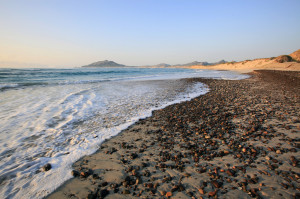
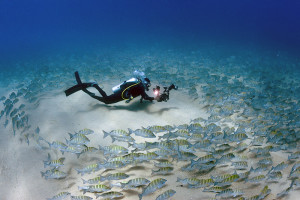

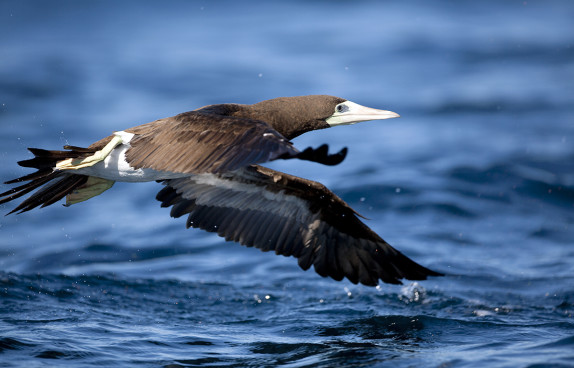

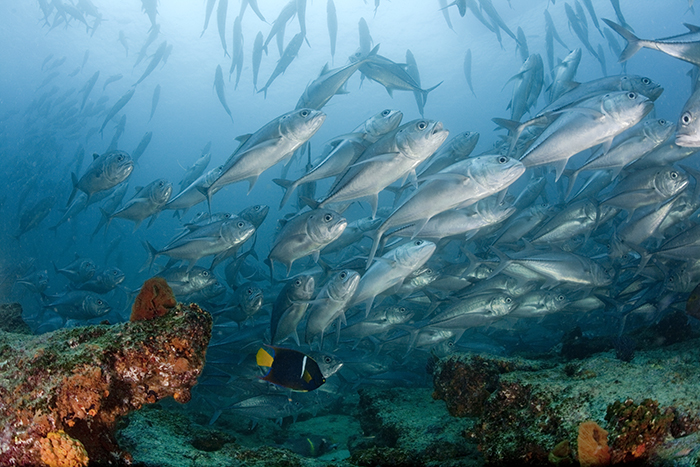















I think that the Gulf of California is one of the wonders of the nature. Think about it more than 1/3rd of world\’s all marine mammals like whales, dolphins, porpoises etc dwell here ! There need to be strict control on fishing and other economic activities here. We have no right to kill poor animals in the name of eradicating poverty.